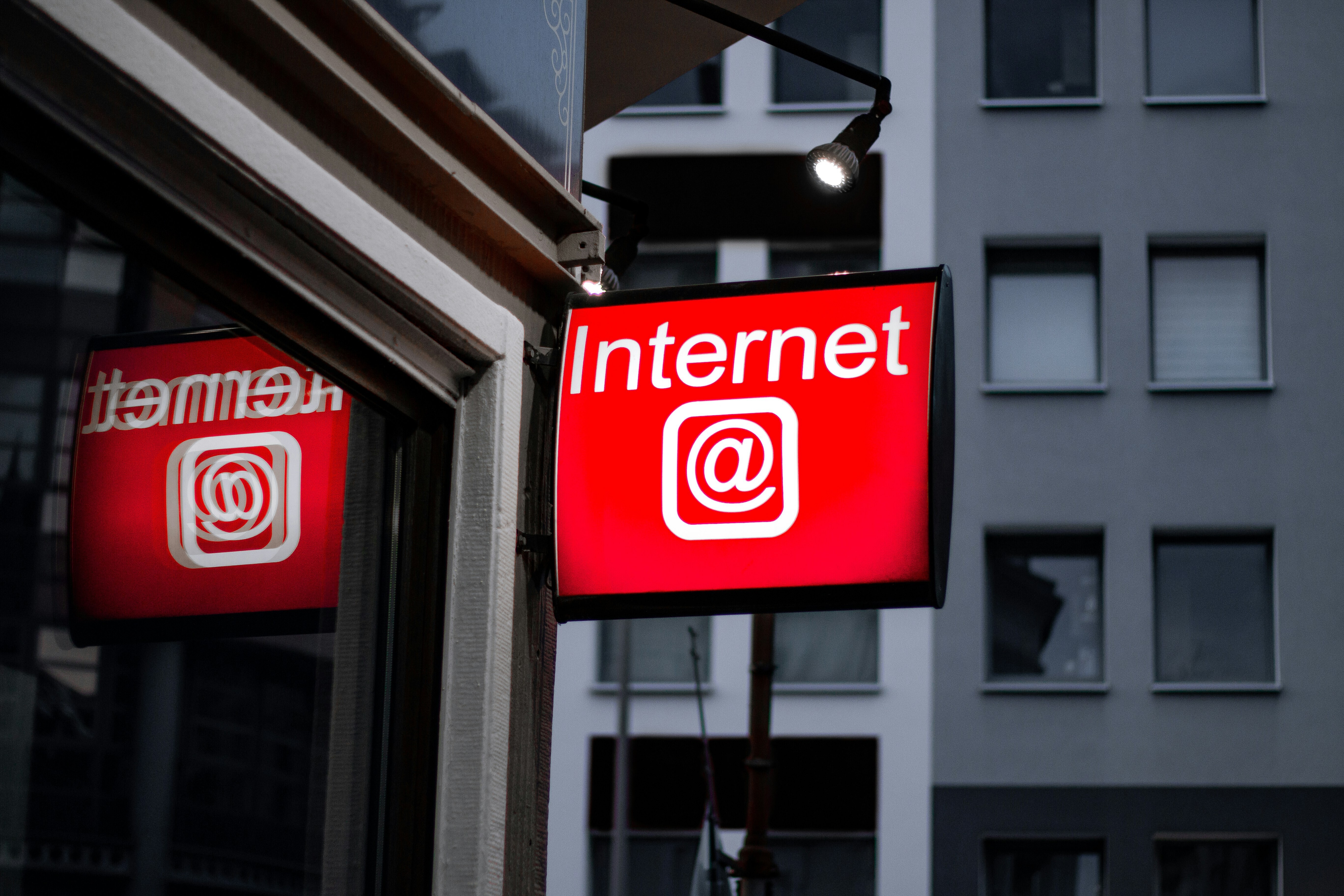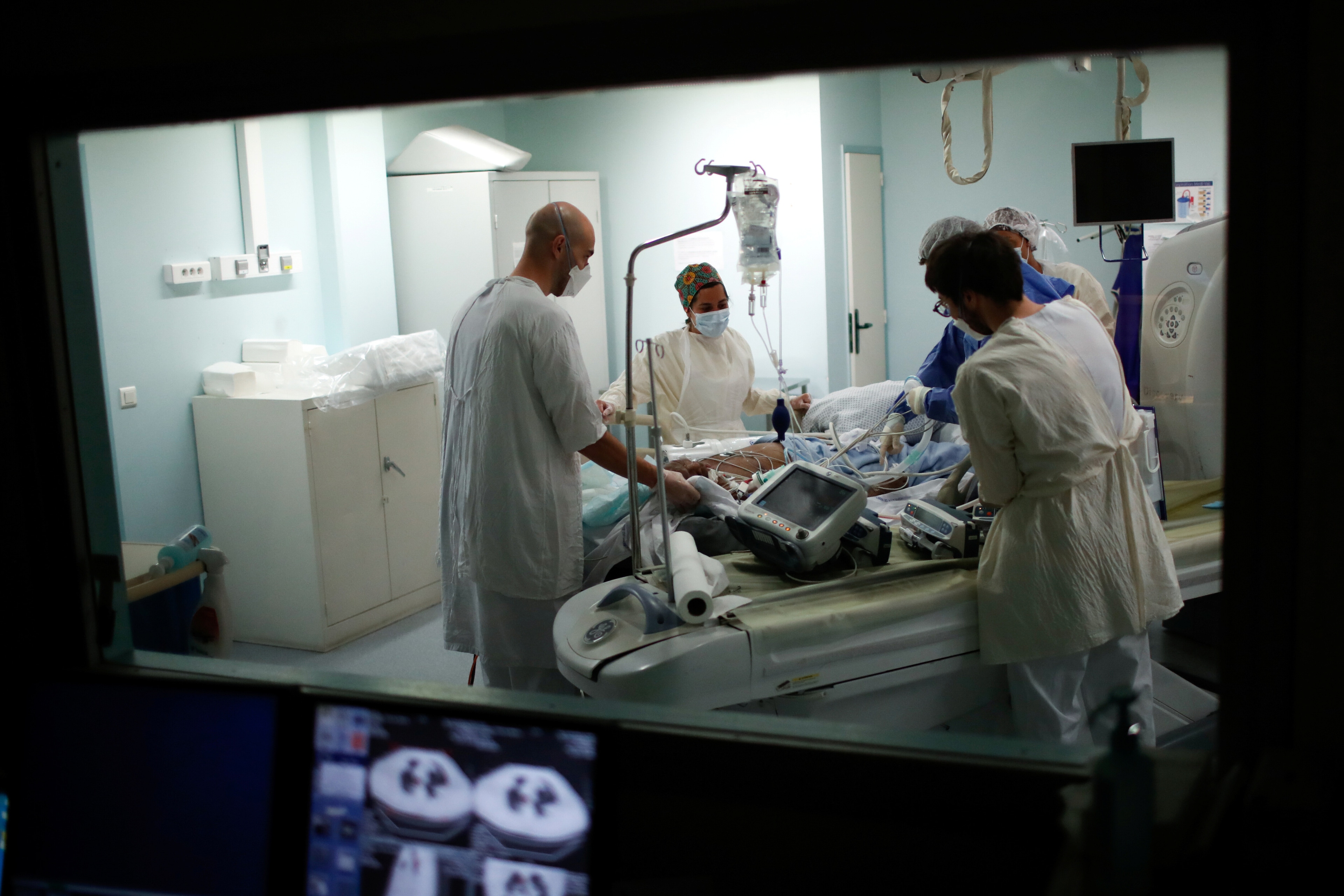Is there a doctor in the boardroom? 6 health chiefs explain why employee wellbeing matters more than ever

The nexus between wellbeing and productivity. Image: Photo by Christina @ wocintechchat.com on Unsplash
- Workforce wellbeing has become a business priority. There is increased awareness of its links to business performance, operational resiliency and sustainability.
- Organizations are increasingly appointing an executive to their leadership to focus on employee wellbeing and make related investments.
- The World Economic Forum is launching a new cross-industry community of Chief Health/Medical Officers.
2020 was a wake-up call for employers. Fueled by global events ranging from the disruption of the COVID-19 pandemic and mass social movements combatting systemic racism, to the economic downturn and mass job losses in various sectors, employees are reporting increased anxiety, stress and physical ill-health.
Coupled with unpredictable working conditions across the global workforce, employee burnout is increasing and resignations are on the rise, with the U.S. seeing as many as 11.5 million workers resigning from their jobs between April to June of 2021.
As a result, businesses are rapidly prioritizing workforce wellbeing by appointing Chief Health and Chief Medical Officers to their boardrooms, with the mandate to build a culture of health in the workplace.
Often former doctors or wellbeing certified professionals, their role involves advising their corporate leadership on employee wellbeing ranging from work-from-home strategies, managing burnout, to planning occupational safety and workplace safeguards, and relaying the latest government health protocols.
Previously, employers tended to limit their roles to accident coverage for workplace injuries, parental-leave policy and the occasional flu vaccinations. During the earlier stages of the COVID-19 pandemic, the primary responsibility was employee and workplace safety. Now the focus is shifting towards the nexus between wellbeing and productivity.

In response to the need for developing a common vision across industries and geographies, the World Economic Forum is launching a new Chief Health/Medical Officers community. It serves as an avenue for sharing best practices on topical concerns, understanding which investments actually impact workforce performance (including innovation, collaboration, etc.), and understanding how these investments can be understood more broadly as part of an organization’s sustainability framework, such as ESG reporting.
Together, chief health/medical officers can shape a common vision to support best-in-class responses to the pandemic and overall care and wellbeing of workforce, as the future of work continues to change.
We invited members from the community to share how they helped their organizations tackle concerns and improve the overall wellbeing of their staff. Here’s what they said:
'We made extensive use of health technologies'
Elton Dorkin, Head of Health, Anglo-American
As the global health emergency became clear last year, we acted quickly to help protect our workforce from the spread of Covid-19. Across the business, we implemented all the appropriate health, hygiene and distancing measures to keep our people safe and well, both at our mine sites and in our corporate offices, while maintaining the security and integrity of our operations to ensure unimpeded economic activity for our supply chain and flow of essential products to our customers.
We provided extensive support for our employees and contractors throughout the various lockdown periods, ensuring that everyone was able to focus on their health and safety, and those of their families. We also rolled out a global health awareness and support programme called WeCare, specifically to protect the physical and mental health, wellbeing, and livelihoods of our employees and host communities. We made extensive use of health technologies, informatics and analytics in our approach, for example the reconfiguration of smart watches to help enforce social distance and help with contact tracing.
Recognizing the vital role we play in so many, often remote, communities close to our mining operations, we engaged with our communities, as well as government agencies, to make sure we could continue to provide and extend a wide range of essential services and equipment, both during the pandemic and into the vital economic recovery phase.
'Bring clarity and consistency to measures of health and wellbeing commitment '
Richard JL Heron, Vice-President Health and Chief Medical Officer, BP
Since the 1990’s Environment, Social and Governance (ESG) Indices have been used to demonstrate and evaluate how companies meet a range of sustainability criteria. They are often seen as a surrogate measure of commitment to the delivery of UN sustainable development goals (SDG’s).
The current pandemic has highlighted the critical importance organizations can play in both protecting and enhancing the health and wellbeing of workers, customers, and the communities of which they are a part. But what does good look like in health and wellbeing, as viewed by the current suite of commonly used ESG indices? With multiple data providers, varied index designs and methodologies, there is more to be done bring clarity and consistency to measures of health and wellbeing commitment.
We have a wellbeing index to identify trends, training and support programmes in place and support community health projects in many locations. But how do you compare the relative impacts of each corporate programme on employee health and wellbeing? Which programmes truly change health outcomes? How do you evaluate the sustainability of health investments?
The answers to these questions are increasingly important to corporations, health leaders, to their workers, customers, and investors when they consider employment, purchasing and investment choices.
We look forward to contributing to improving “what works” for health and wellbeing in ESG indices and wise decisions that support SDG delivery.
'Providing health and wellbeing resources that holistically target stress and work-life balance'
Huma Abbasi, General Manager Health and Medical, Chevron Corporation
Market volatility, social and political unrest, natural disasters, and organizational change are some of the many stressors our workforce has had to endure alongside the uncertainties of the pandemic.
With essential operations worldwide, much of our workforce never left the workplace, while most others have worked remotely for an unprecedented 18 months or longer. We recognized that, regardless of work location, unmanaged stress can lead to physical and mental fatigue, negatively impacting health and safety.
Chevron’s medical, human resources and emergency management teams partnered to provide health and wellbeing resources that holistically target stress and work-life balance, address personal resilience, and aid workers and their family members needing assistance.

Our teams implemented health and wellbeing safeguards to prevent the spread of COVID-19 that included testing, hygiene, contact tracing, masking and distancing. Encouraging vaccination was also a priority. In many locations, Chevron partnered with local governments and hospitals to make vaccines available to our workers and, in some cases, their dependents.
We stay committed to protecting the health and safety of our workforce, assisting those affected, and supporting our own healthcare workers on the frontlines of the pandemic.
'Building a resilient workforce means investing in employee wellbeing'
Jen Fisher, Chief Wellbeing Officer, Deloitte
While many organizations have long recognized that wellbeing is important, the pandemic pushed it to the top of leadership agendas. Executives realize now, more than ever, that a resilient workforce is critical to an organization’s success – and building a resilient workforce means investing in employee wellbeing.
At Deloitte we believe that wellbeing goes beyond just physical health, it also includes mental and emotional health, personal purpose, and financial wellbeing. That’s why we create flexible and inclusive programmes and benefits, like our wellbeing subsidy that can be used for purchases and services such as meditation instruction, fitness classes, massages, scuba diving, golf course range fees, and more. We also understand the programmes and benefits only go so far if you don’t have a culture that truly supports and encourages wellbeing at work.
We leverage the power of our employees who have a passion for wellbeing and we empower them to share knowledge and engage their teams and colleagues in wellbeing-related activities and learning.
This network, called the Wellbeing Wizards, spans the organization and helps drive cultural change where it matters most - through the day-to-day interactions on the team level. We provide our Wizards and all of our employees with access to resources and learning programmes that can help them develop healthy behaviours around sleep, nutrition, stress management, connection, setting boundaries, and more. By supporting wellbeing at the organizational, team, and individual level we can drive and sustain both human performance and human potential.
'A wellbeing dashboard that incorporates key metrics (business, health, outcomes)'
Monte Masten, Chief Medical Officer, Marsh & McLennan Agency
In my role as Chief Medical Officer of Marsh McLennan Agency, I lead a team of physicians and nurses, wellbeing experts, and data analysts who consult with over 300 employers in the United States on innovative and prescriptive, data-driven strategies to improve the health of their employees.
Heading into 2020, behavioral health was already a huge challenge for employers; depression, anxiety, stress, and substance use disorder were extremely prevalent in the workforce of virtually all of our employer partners. Certainly, how the COVID-19 pandemic has influenced all of our health, both physical and mental, has compounded the challenge.
What is the World Economic Forum doing about mental health?
To help our business partners face this ongoing test, our team has provided assistance in a number of ways. We have partnered on employee communications and support for behavioral health resources; implemented a wellbeing dashboard that incorporates key metrics (business, health, outcomes) that can help support the organization as it moves to create a sustainable culture around the four pillars of wellbeing (physical, mental, social, financial); helped implement training in mental health first aid for executives and managers/supervisors; published white papers on the business case to invest in mental health as a competitive advantage; and finally, used data analytics to study the health and financial value of investment on programmes that have been implemented.
I look forward to working with the World Economic Forum Chief Health Officer Community on innovative solutions to the pandemic that underlies the pandemic: Mental Health.
'Our internal “COVID-19 Facts: Ask the Doctor” video series... kept a pulse on what concerns were most pressing'
Antonio Tataranni, Chief Medical Officer, PepsiCo
This past year introduced a series of challenges and uncertainty as work and home life shifted dramatically. Individuals and businesses have had to make many sacrifices and learn to prioritize health and wellness. In the face of the pandemic, companies have implemented procedures to protect their workforce, products and communities.
As PepsiCo’s Chief Medical Officer, I have overseen these efforts. We have provided our associates with several emotional and physical wellbeing resources and benefits to help them manage all the stressors that have been exacerbated due to the pandemic. One resource that we found to be valuable was our internal “COVID-19 Facts: Ask the Doctor” video series with infectious disease specialists and other experts that helped answer employee questions about the coronavirus in real-time and kept a pulse on what concerns were most pressing for associates. We also introduced flexible work policies to give employees the responsibility, freedom and support to work most effectively based on their individual needs. It is important for all businesses to establish a culture and work environment that values employee wellbeing, especially as we continue to navigate the future of work.
Contents
'We made extensive use of health technologies''Bring clarity and consistency to measures of health and wellbeing commitment ''Providing health and wellbeing resources that holistically target stress and work-life balance''Building a resilient workforce means investing in employee wellbeing''A wellbeing dashboard that incorporates key metrics (business, health, outcomes)''Our internal “COVID-19 Facts: Ask the Doctor” video series... kept a pulse on what concerns were most pressing'More on Wellbeing and Mental HealthSee all
Dylan Reim
October 29, 2025







